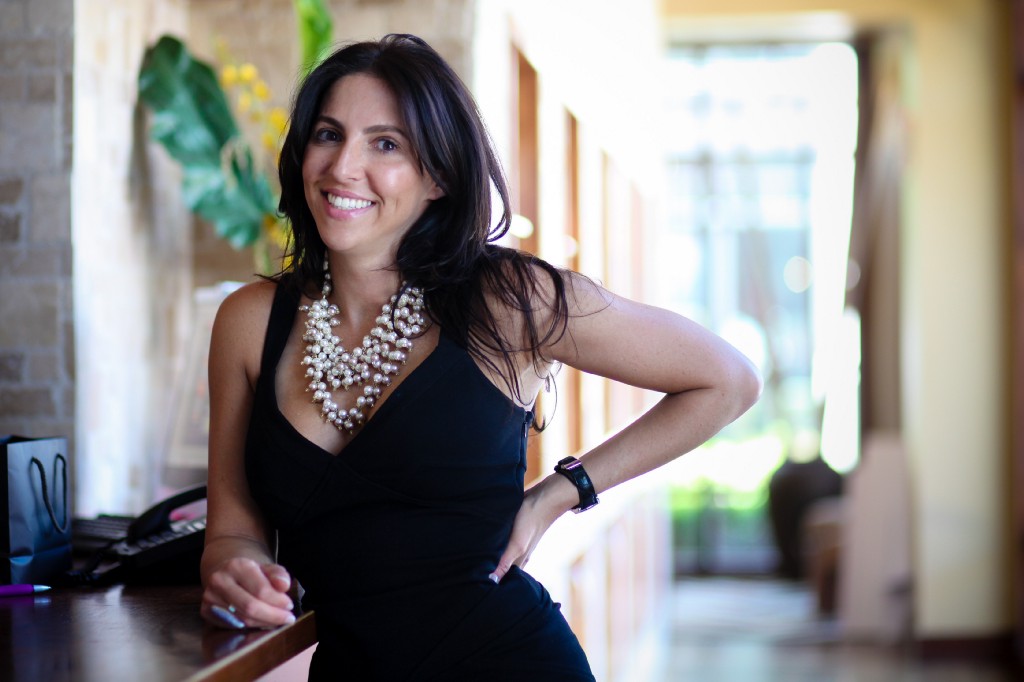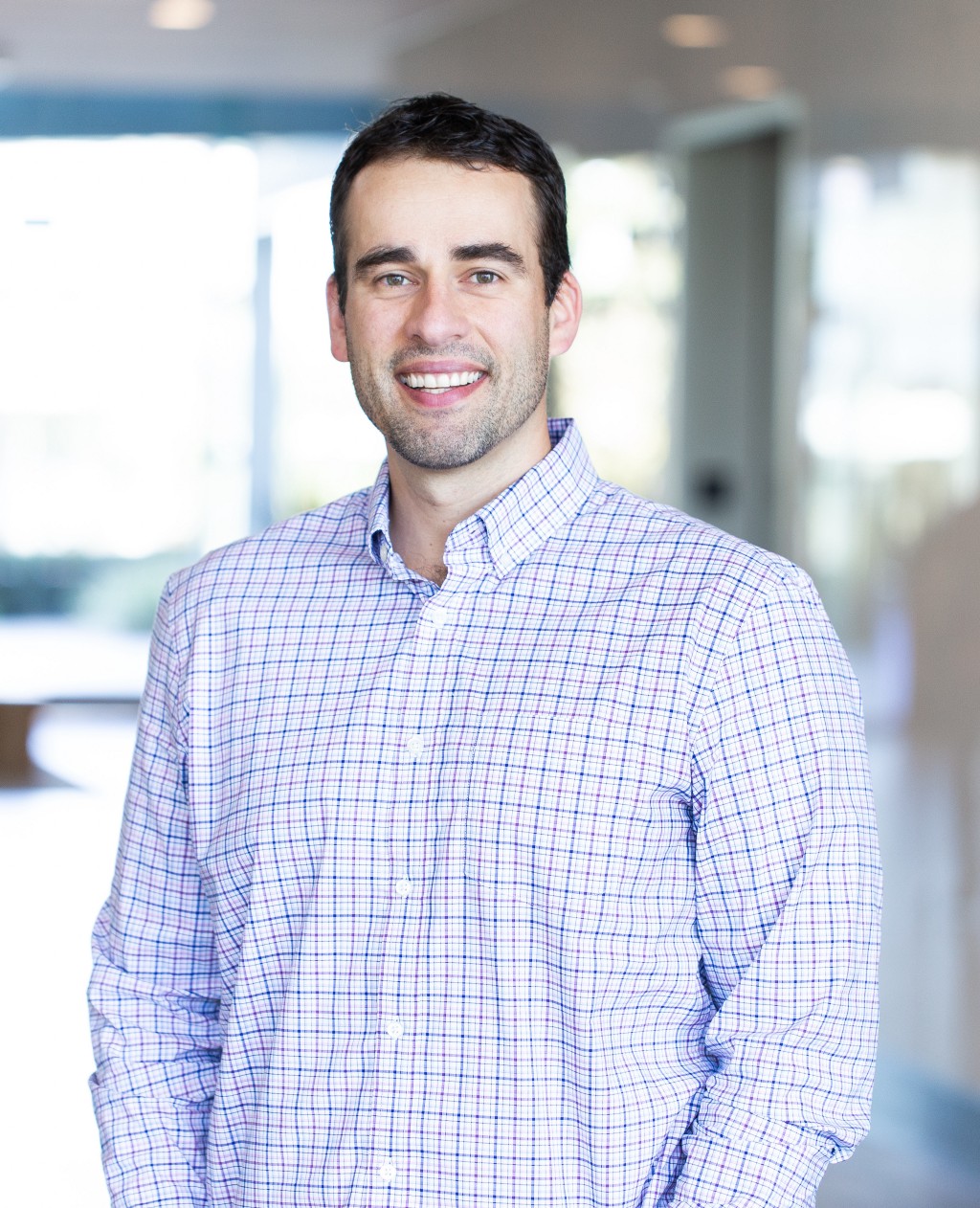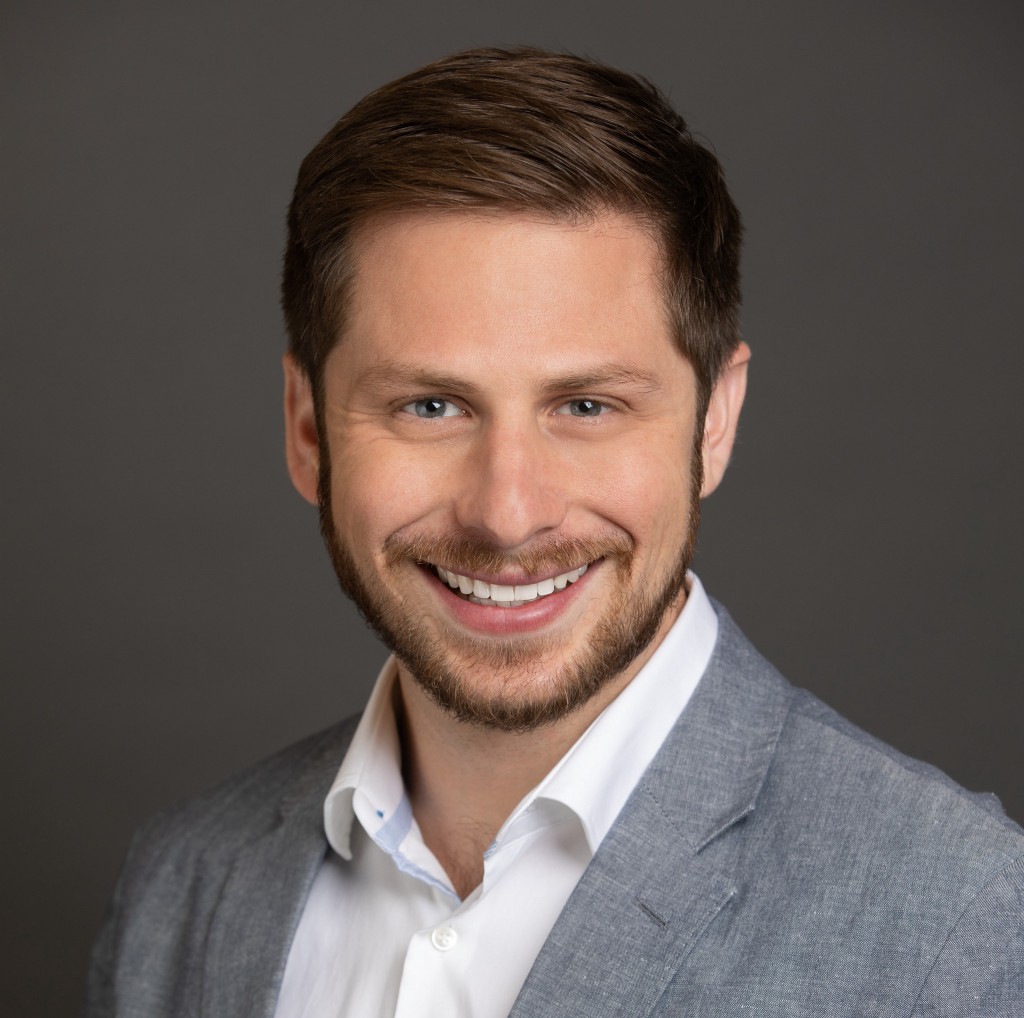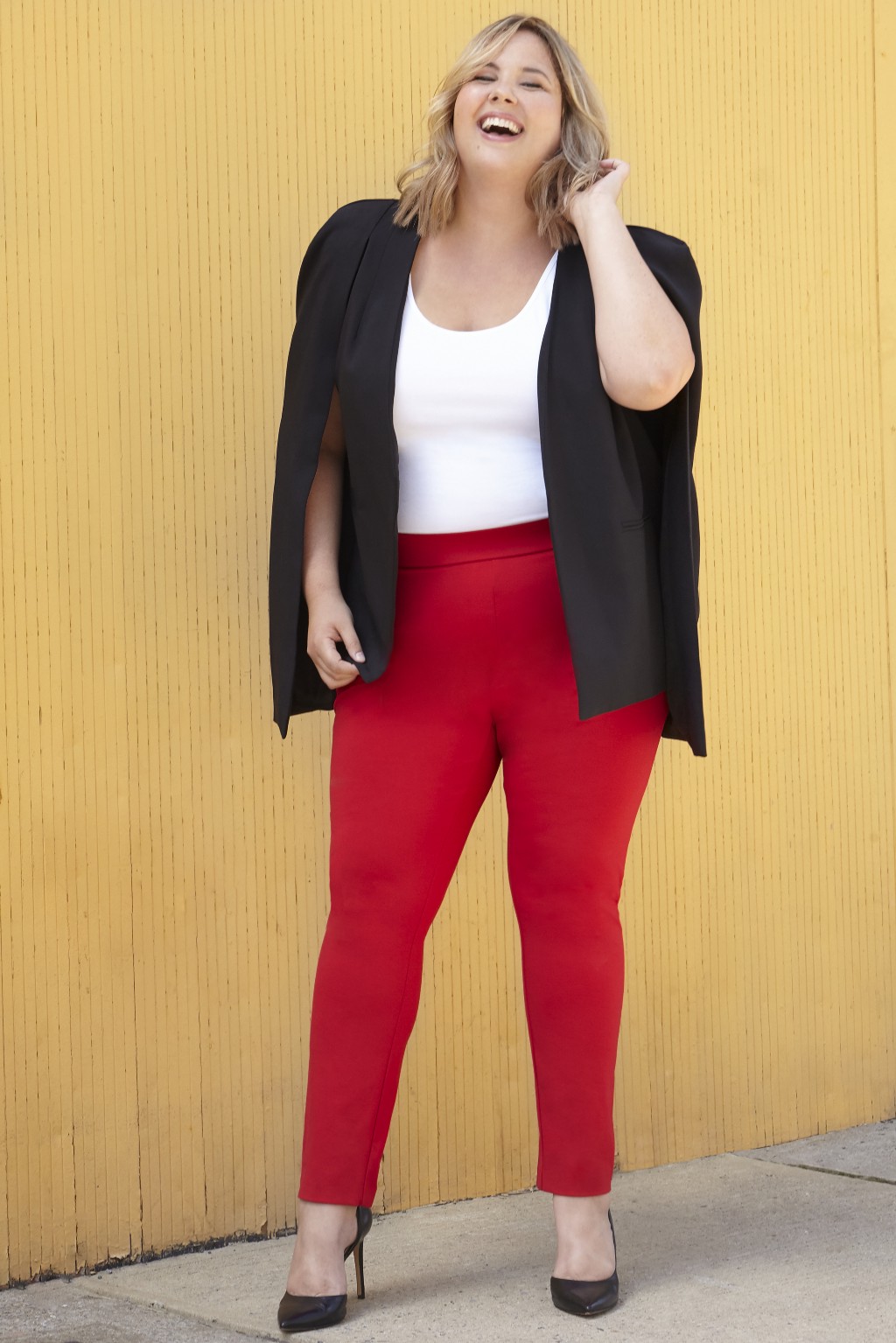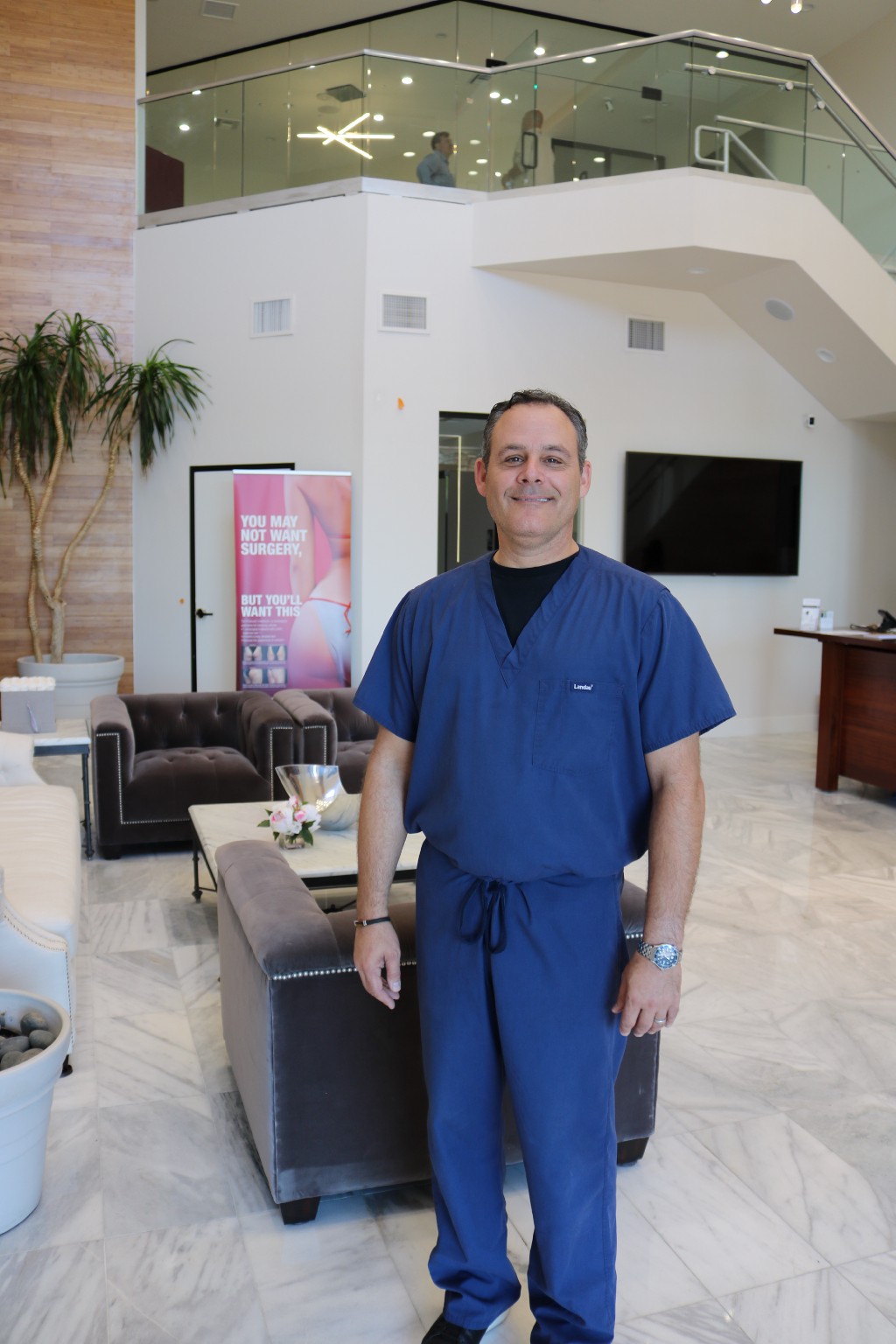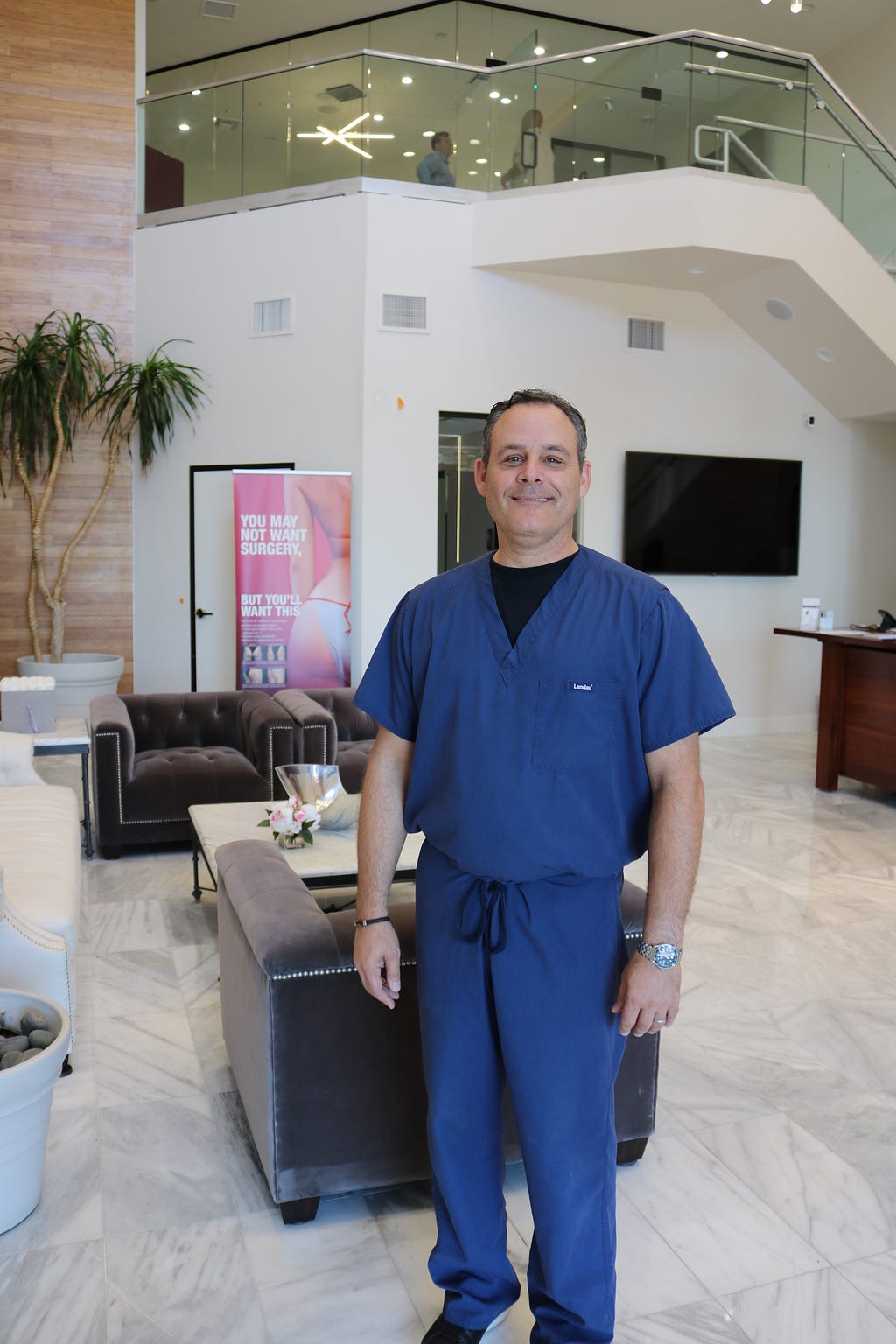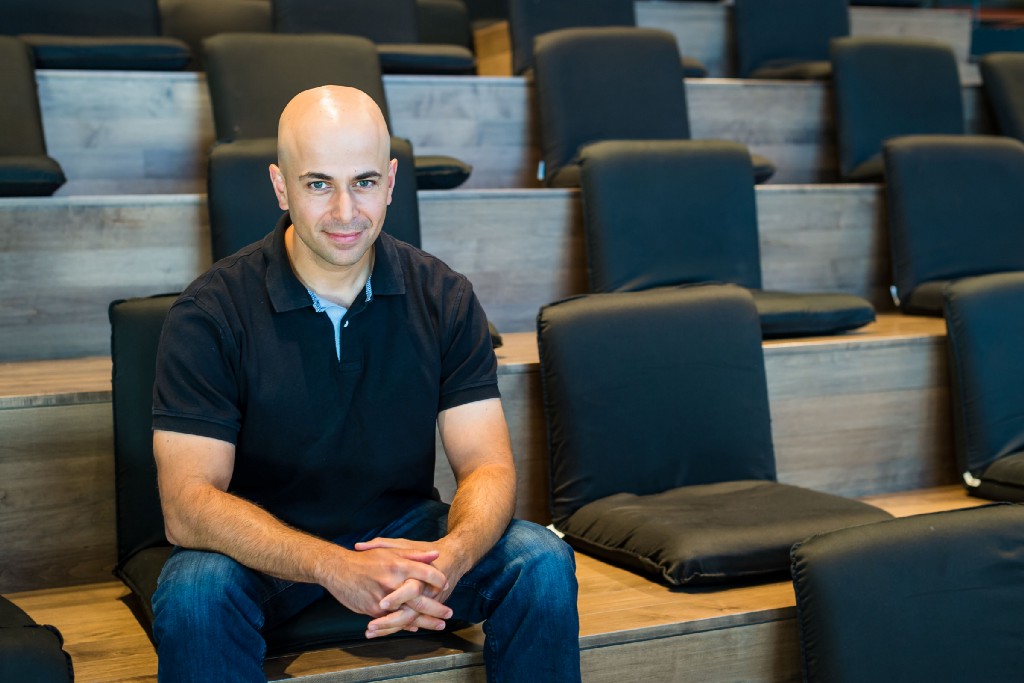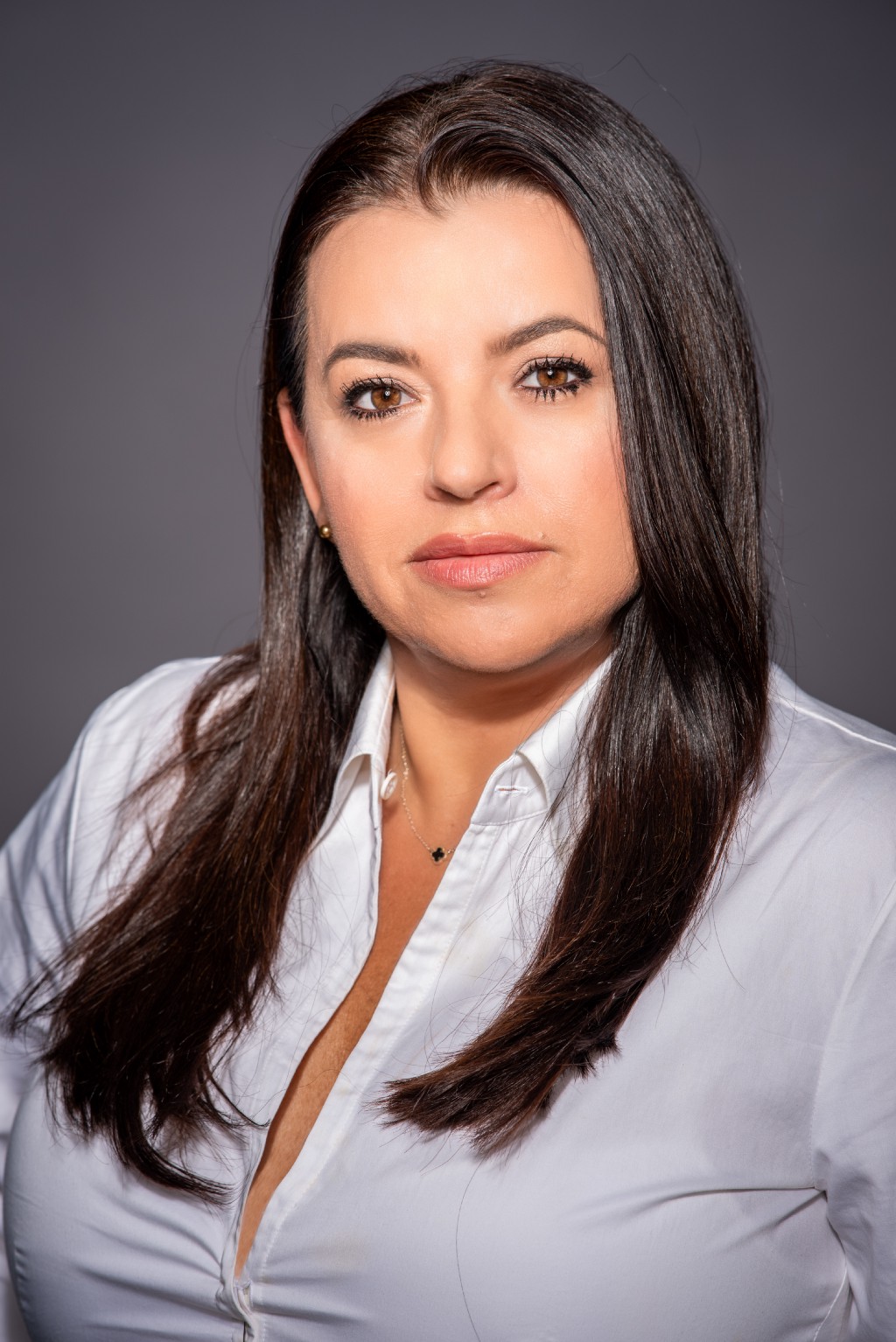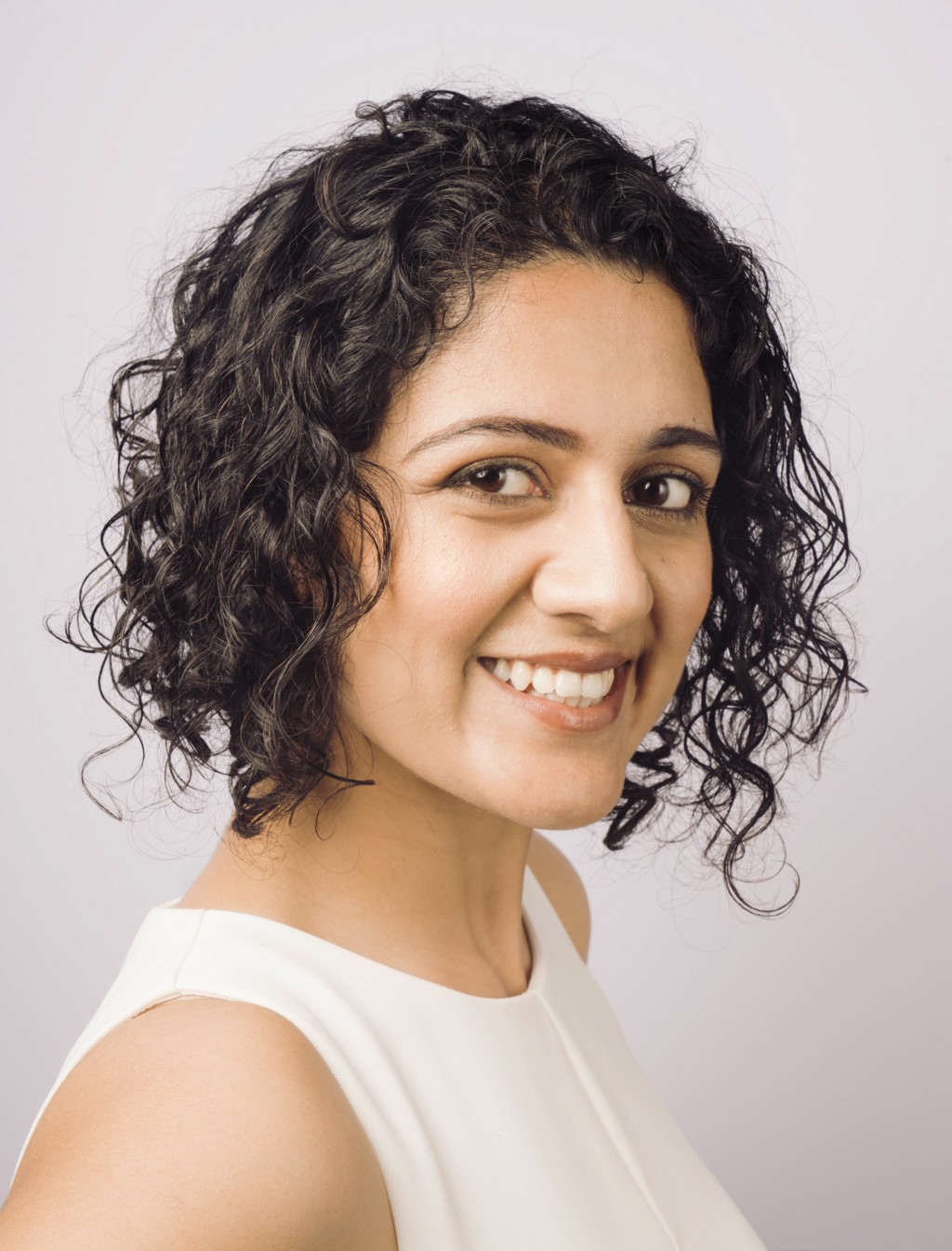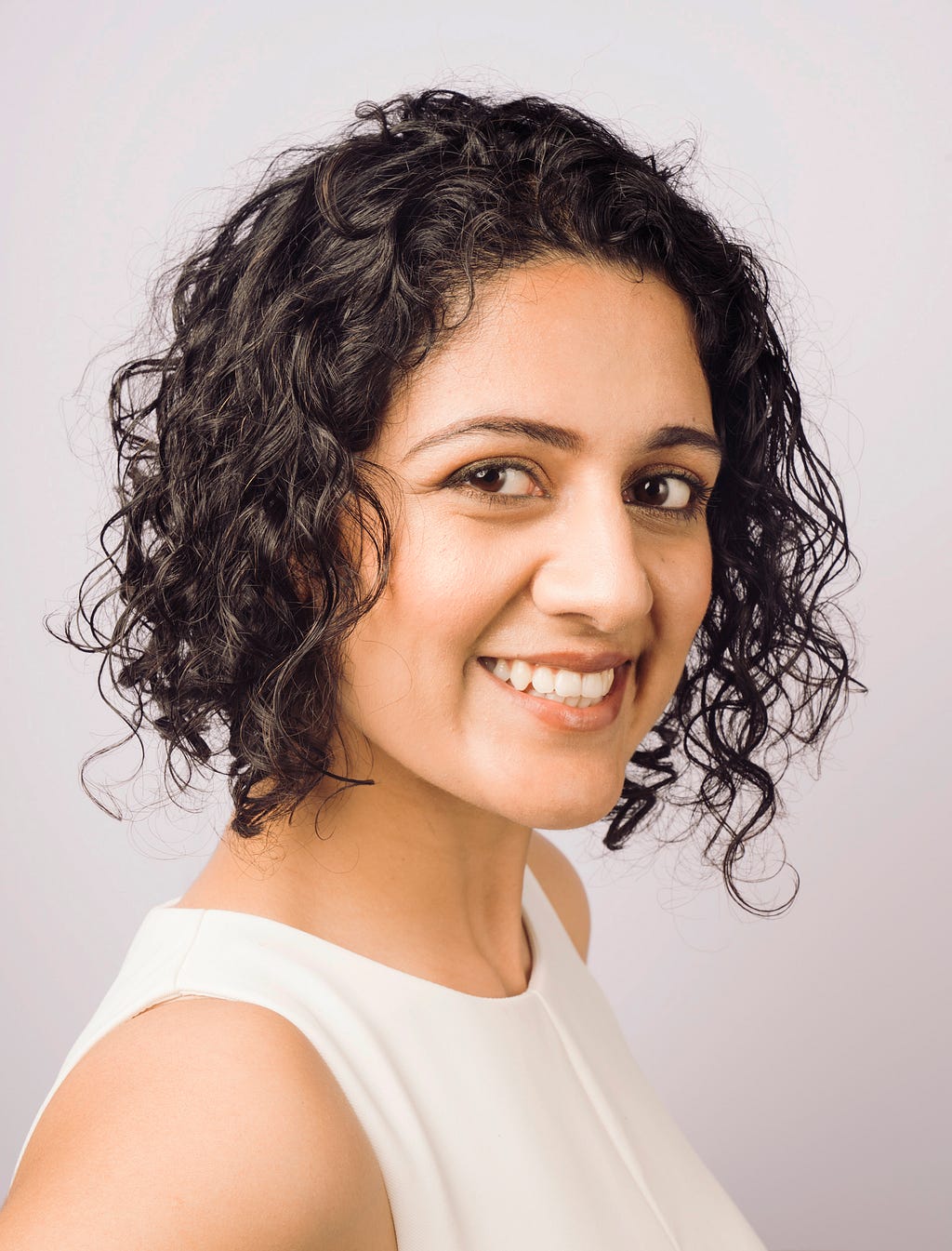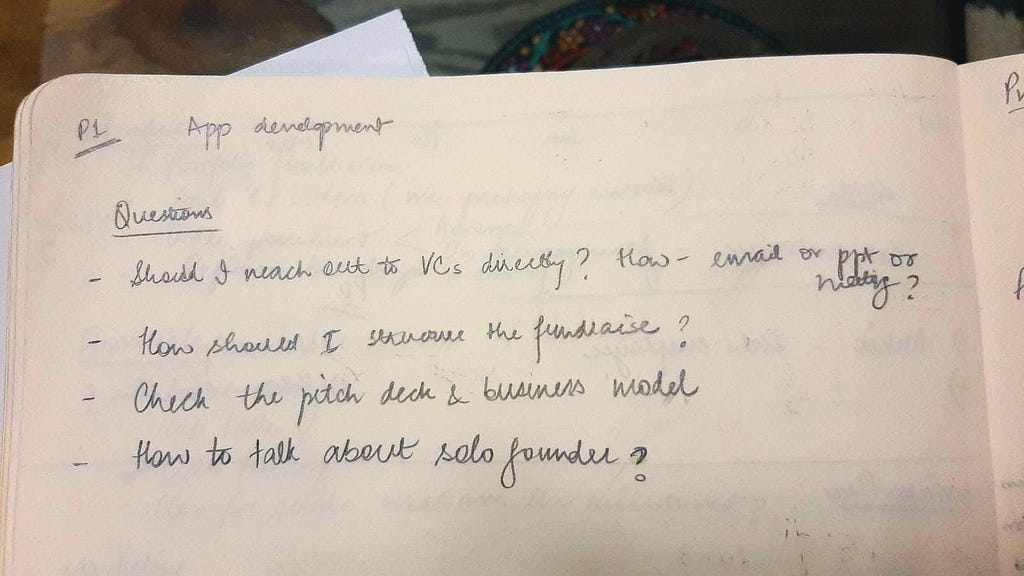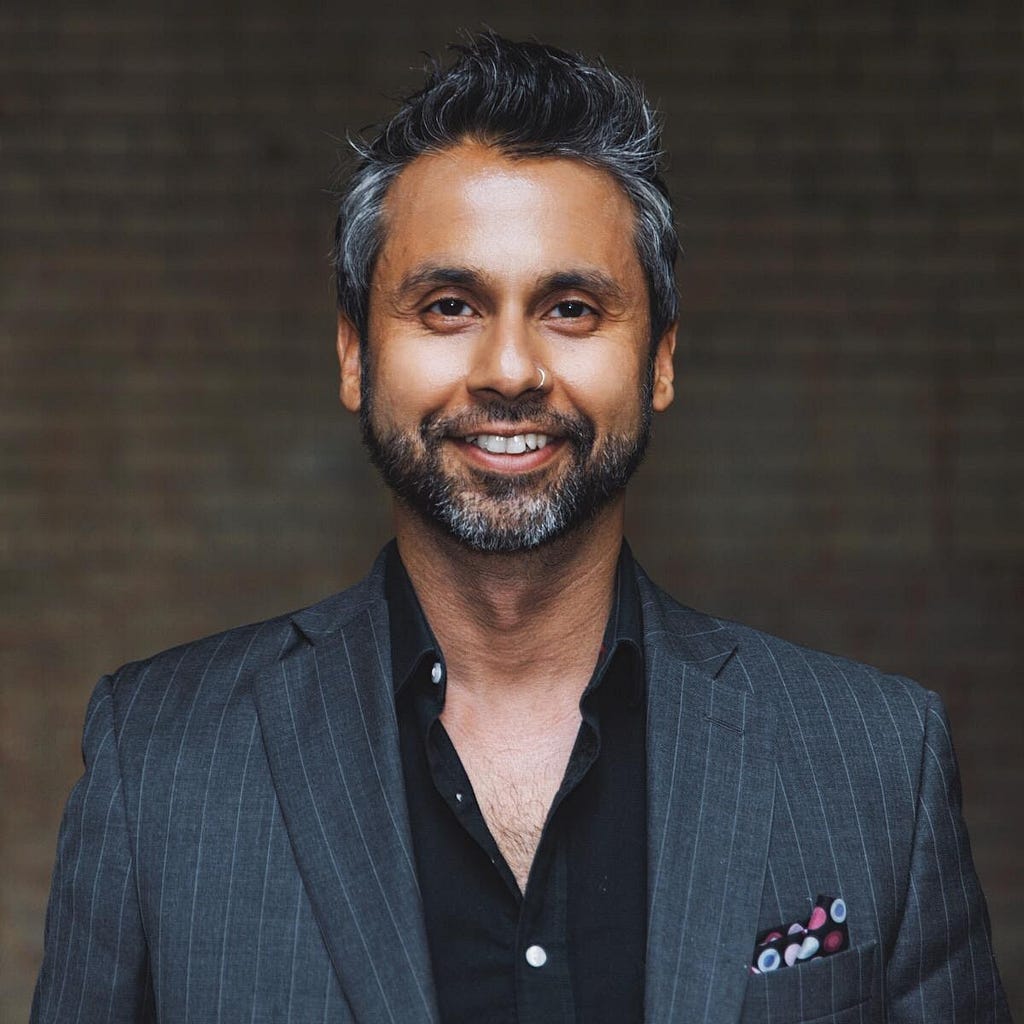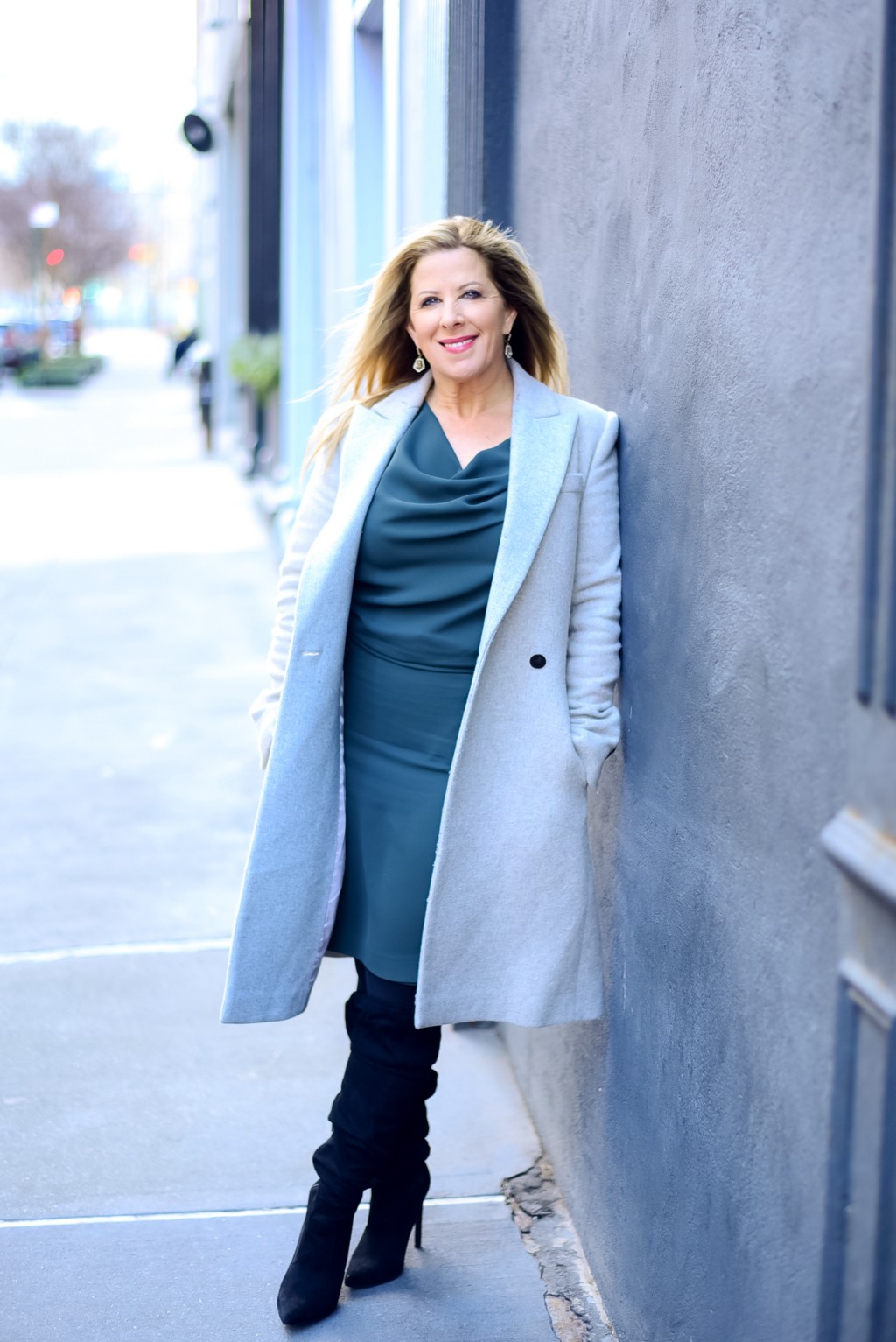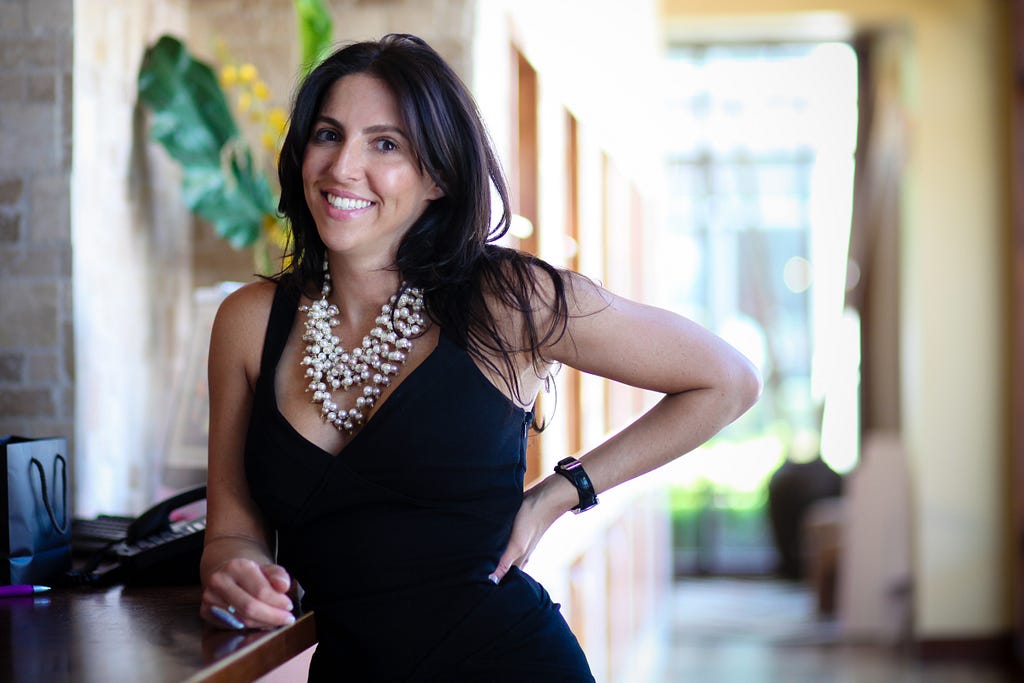
With aesthetic overload on social media, it’s easy for a patient to get carried away with requests for over-exaggerated features, filter goals or celebrity look-like requests. Our job is to counsel them and help them understand what is healthy and realistic for their individual lifestyle and goals.
I had the pleasure of interviewing Cosmetic Physician, Tahl Humes, MD, Founder of VITHAL Medical Aesthetics.
Dr. Tahl Humes is a board-certified physician and an international expert in aesthetic and anti-aging medicine. Her expertise includes advanced injectables, aesthetic lasers, skin tightening technologies, non-invasive body contouring, wellness, and skincare. She is known for her expertise in combining lasers and injectables for total facial rejuvenation.
Dr. Humes is a luminary speaker for various aesthetic companies including Cutera, and trains physicians, PAs and nurses from around the world on lasers, IV Nutrition Therary, and advanced BOTOX® and dermal filler injection techniques. Dr. Humes has performed many thousands of aesthetic treatments with lasers and injectables. She is in the top 1% of Botox injectors in the country and also in the top 5% of Juvederm injectors in the country.
Thank you so much for doing this with us! Before we dive in, our readers would love to learn a bit more about you. Can you tell us a story about what brought you to this specific career path?
The main thing that made me decide on my career path is that I wanted to find a way to help people to age better. I have wanted to be in medicine since a young age. I love everything about the science and thought process that goes into medicine. I became interested in aesthetic medicine because I love the science and technology that slows down the aging process. I don’t want to age, so I was determined to find a way to help other people age with grace, confidence and all the possible tools to remain youthful on their terms.
Can you share the most interesting story that happened to you since you began your career?
I’ve had some prominent patients from society who have come in having “botched jobs.” Being able to bring them back to their natural looking selves gives them back their confidence and truly changes their lives. Seeing them smiling a few weeks later in a magazine where no one is the wiser reminds me of why we do what we do.
Are you able to identify a “tipping point” in your career when you started to see success? Did you start doing anything different? Are there takeaways or lessons that others can learn from that?
I would say three years in I started to see significant growth, but it wasn’t until the market changed about 6 years in, and there was a change in the industry towards non-surgical body treatments, that we really started to grow. As we brought in more cutting-edge non-invasive technologies, I found that investing in new devices allowed me to grow the business by staying current and offering something unique with little downtime. The key was to answer the growing patient demand for minimally invasive procedures that offered maximum impact with no time off work, away from their kids, their social life, etc.
We opened VITAHL Medical Aesthetics in Denver in 2005 and have since expanded to include multiple offices across the country and become a preceptor site for physicians.
None of us are able to achieve success without some help along the way. Is there a particular person to whom you are grateful who helped get you to where you are? Can you share a story about that?
My mentor in medical school taught me not only to investigate my patients’ medical issues, but to think outside the box and take the knowledge to the next level. I’m always continuing to learn and determined to bring the most innovative technology and options to my patients — and the industry at large. This is a big reason I took on a training role outside my medical practice.
Ok super. Let’s now shift to the main part of our discussion. The beauty industry today has access to technology that was inconceivable only a short time ago. Can you tell us about the “cutting edge” (pardon the pun) technologies that you are working with or introducing? How do you think that will help people?
One of the biggest trends we are seeing is a growing interest in overall body contouring to truly shape the body. It is no longer only fat reduction that patients are after. Now it is also skin tightening and muscle sculpting. Patients are coming in asking for the whole package. For example Cutera truSculpt iD + truSculpt flex together can reduce fat, tighten skin, and tone muscles with no pain or downtime. A muscle building device like truSculpt flex can be used alongside a fat reduction technology like truSculpt iD to take body shaping results to the next level. This way, patients get full body sculpting instead of just fat loss. Of course, these devices are popular in aesthetic practices, but can also be used in a practice doing medical weight management or rehab.
truSculpt® iD uses innovative Monopolar RF technology to selectively target fat and therapeutically heat it until fat cells are eliminated by passing through the body naturally. It takes just 15 minutes and delivers up to 24% fat reduction in the treated area. truSculpt flex uses unique TMS technology and delivers three workouts in one by replicating intensified crunch, squat and twisting actions to strengthen, firm, and tone your muscles. Alone or combined, these two technologies are redefining how men and women can stay in shape, break through plateaus and even recover from sports injuries.
Having access to technology where we can get excellent results without a lot of downtimes has revolutionized the industry. A couple of years ago, everything was about fractional lasers that had 5 to 10 days of downtime. Now we have treatments like radio frequency, which have minimal downtime. The RFMN device we use in my practice is Secret RF. This technology combines radiofrequency (RF) energy with tiny needles allowing the delivery of the RF energy deeper into the skin for better results. With Secret RF, patients can see an improvement in wrinkles and conditions, such as acne scarring, which then lets them go out into the world with much more confidence that they had before.
Keeping “Black Mirror” and the “Law of Unintended Consequences” in mind, can you see any potential drawbacks about this technology that people should think more deeply about?
The trend used to be that filler could fix anything and docs would chase all wrinkles (superficial or deep) with the needle. This led to people looking overfilled and unnatural.
The trend now is to combine our modalities for pan facial rejuvenation. We combine lasers with injectables to treat different layers of the skin, giving a more natural look. We will use fillers to increase volume, neurotoxins to decrease muscle movement and devices to treat brown spots, redness, and wrinkles. Simply evening out uneven skin tone with an IPL will make the skin appear younger. Then when we add in Laser Genesis or Secret RF to help with texture and dermal filler in the midface to volumize, we are looking at full rejuvenation — all with minimal downtime.
With aesthetic overload on social media, it’s easy for a patient to get carried away with requests for over-exaggerated features, filter goals or celebrity look-like requests. Our job is to counsel them and help them understand what is healthy and realistic for their individual lifestyle and goals.
Can you share 3 things that most excite you about the “beauty-tech” industry?
- The first thing is the ever-evolving technology. We’ve seen dramatic innovation in both non-invasive and surgical technologies and techniques and there’s no sign of slowing down. This industry is committed to learning and improving the patient experience, results, and treatment offerings year over year. It’s an exciting thing to be a part of.
- Education is key and more and more companies spend resources and time to educate physicians on how we can best treat our patients. I am currently at an international conference put on by Cutera lasers educating other physicians and clinicians on how to best care for their anti-aging patients.
- The aesthetic industry is not about vanity or just skin deep. We are often changing people’s lives by doing things like treating their acne, helping with acne scarring, and changing the way that they face the world.
Can you share 3 things that most concern you about the industry? If you had the ability to implement 3 ways to reform or improve the industry, what would you suggest?
- Lack of regulation — This is an evolving industry that does not have the oversight and regulation it truly warrants. These treatments are medical, but not always performed or overseen by a medical professional.
- Undertrained staff — Unfortunately, there are people abusing the industry because they are unqualified and not well trained. Many of these undertrained people are making promises they can’t fulfil due to their lack of knowledge.
- Unproven technologies — There is also the issue of people using the bottom tier technology, which can cause issues with patient safety.
The way I hope to help reform the industry is by being a spokesperson for reputable leading aesthetics companies that invest in training people and improving their skill level and ability to use the technologies with confidence. We need to set the bar high for training standards in order to protect patients and practices.
Research is key when investing in new technologies for your practice. Do not purchase something just because it is a bargain.
- Speak with other doctors who have the technology and see not only how they like it, but how their patients and staff like the treatment.
- Look at before/afters from peers and other doctors, not just company studies.
- Ask questions to peers like: What kind of results are you seeing? What has your patient feedback been like? How does your staff like performing the treatment?
- Do your research and look at the studies that are out there. Compare them and make the ultimate decision on your own.
You are an expert about beauty. Can you share 5 ideas that anyone can use “to feel beautiful”? (Please share a story or example for each.)
- The best way to feel beautiful is to understand that beauty is more than how you look. Beauty comes from within!
- Surround yourself with good people who appreciate and celebrate you.
- Be the best you. Take good care of your skin, wear SPF, and hydrate well. If you want a tweak or anti-aging treatment, do you and don’t be ashamed! Take your best feature and do treatments that enhance your individual beauty rather than trying to change the way your face looks.
- Wear clothes that flatter, rather than hide who you are.
- Be kind. Kindness radiates beauty.
You are a person of great influence. If you could inspire a movement that would bring the most amount of good to the most amount of people, what would that be? You never know what your idea can trigger. 🙂
I feel very blessed with the life that I have, and I truly believe that our purpose in life as human beings is to help people — to pay it forward. For every one person that I can help in life, I hope that they pay it forward to the next person because that’s how you create a movement of good.
This is the gratitude movement, which encourages us to understand how lucky we are and be grateful for what you have rather than focus on what you don’t.
Can you please give us your favorite “Life Lesson Quote”? Can you share how that was relevant to you in your life?
“To know one life has breathed easier because you have loved, this is to have succeeded.” — Ralph Waldo Emerson
How can our readers follow you online?
Instagram: @vitahlmed
The Future Of Beauty: “We can sculpt and tone muscles with no pain or downtime” With Dr. Tahl Humes was originally published in Authority Magazine on Medium, where people are continuing the conversation by highlighting and responding to this story.


